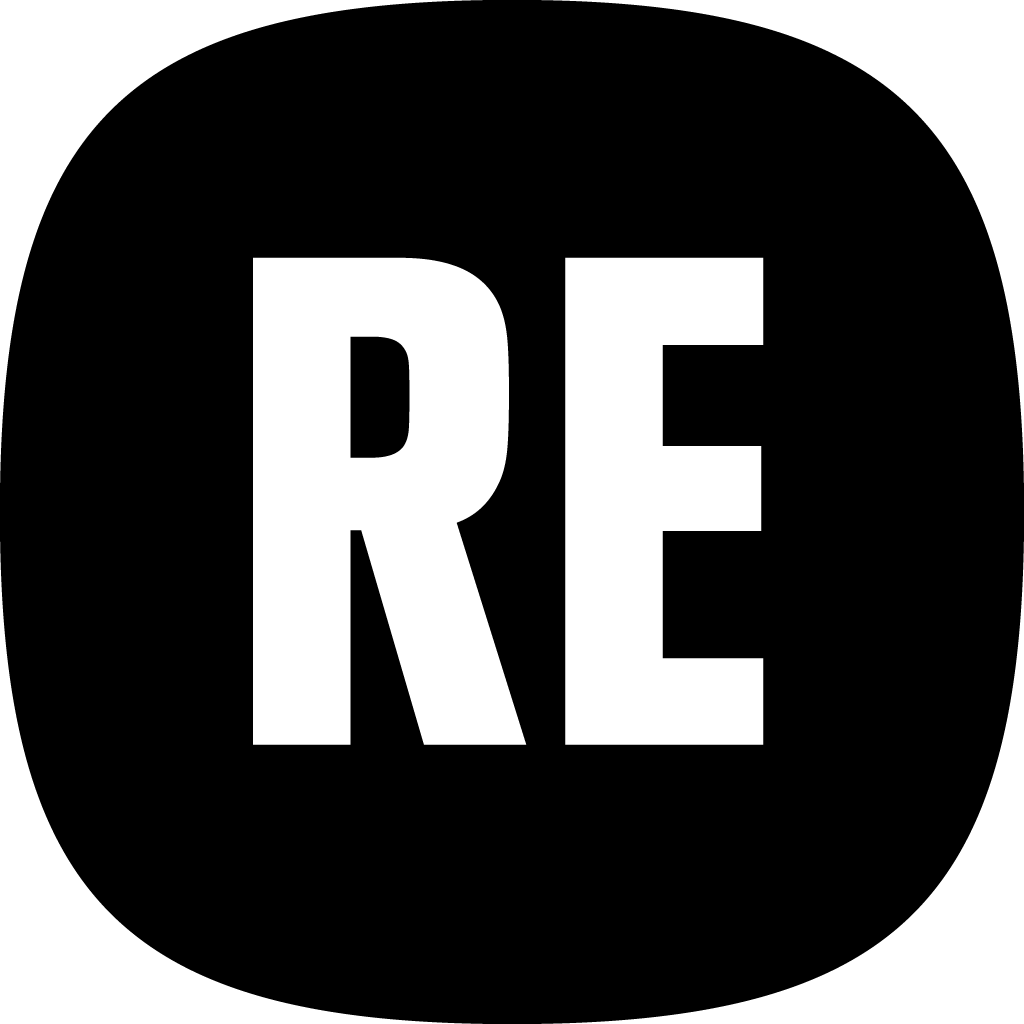Iteration
Analysing the feedback collected and the data from KPIs not only helps to assess the LL process and the success of the results, but this also forms the basis for designing possible new cycles of the Living Lab. Each phase of design, experimentation and evaluation thus provides valuable input for a continuous process of improvement to build effective solutions.
Iteration is not mandatory or even limited to specific phases, but it is a fundamental process for progressively adapting a solution to the complexity of real-world contexts and their constant evolution. A key point in designing a new cycle for the Living Lab is to establish a strategy based on active listening to stakeholders, end users and the team, analysing experiences, and critically reading the results obtained.
The best time to start a new cycle is when we have identified critical aspects that we have not been able to solve, emerging needs or identified opportunities that we have not yet been able to address in the process.

In practical terms, the starting point for a new Living Lab cycle could be identified in:
Needs or expectations that emerged as unmet from stakeholders’ feedback
Critical technical issues
Opportunities for improvement that emerged from observation by the project team
Changes in context (e.g. regulatory, social, economic...)
Ideas that emerged during the co-ideation and/or co-creation process but could not be incorporated into the solution at the first stage
The opening of a new cycle implies a redefinition of the objectives and a consistent rearrangement of the elements involved. Even at the beginning of a new Living Lab cycle, the creation of the Participatory Business Models for Cultural Heritage canvas is crucial, not only to visualise the coherence between the new challenges, the new process and the available resources, but also to create a "vision" of the future development that include what has been learnt during the first Living Lab cycle.

Share